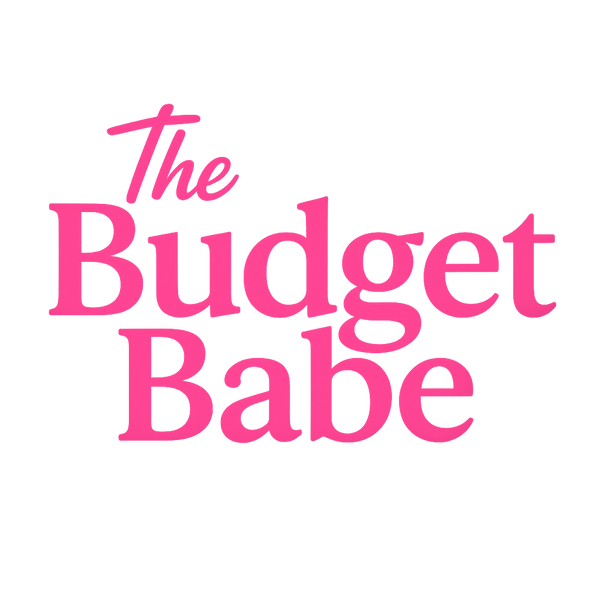Emergency Fund 101: How to Build Your Financial Safety Net (Even on a Tight Budget)
Hey money maven! 💕
Let's talk about something that might not sound super exciting but is absolutely life-changing: your emergency fund. I know, I know - when you're already stretched thin, the idea of saving for "emergencies" feels impossible. But stick with me!
What Exactly IS an Emergency Fund?
Think of it as your financial superhero cape. It's money set aside specifically for unexpected expenses like car repairs, medical bills, job loss, or that time your washing machine decides to flood your laundry room (true story!).
An emergency fund isn't for vacations, shopping sprees, or "I really want this." It's for genuine "oh crap" moments that life throws at you.
Why You NEED This (Even If You Think You Don't)
Before I had an emergency fund, every unexpected expense sent me into panic mode. Credit cards, borrowing from family, or just hoping nothing else would break. It was exhausting!
With an emergency fund, those same situations become minor inconveniences instead of major crises. Your car needs new tires? Annoying, but not devastating. That's the power of being prepared.
How Much Do You Actually Need?
The "experts" say 3-6 months of expenses, but let's be real - if you're starting from zero, that number is overwhelming! Here's my approach:
Baby Step 1: $500 (covers most minor emergencies)
Baby Step 2: $1,000 (the sweet spot for beginners)
Baby Step 3: 1 month of expenses
Final Goal: 3-6 months of expenses
Start with $500. Once you hit that, you'll feel so empowered that $1,000 won't seem impossible anymore!
"But I Don't Have Extra Money to Save!"
I hear you, babe. Here are some painless ways to find emergency fund money:
• Save all $5 bills for a month
• Round up purchases to the nearest dollar
• Sell stuff you don't use anymore
• Save tax refunds, bonuses, or gift money
• Cut one small expense (like that subscription you forgot about)
• Save loose change in a jar
Where to Keep Your Emergency Fund
NOT in your checking account where you'll accidentally spend it! Put it in:
• High-yield savings account
• Money market account
• Separate savings account at a different bank
You want it accessible but not TOO accessible. A little friction prevents impulse spending.
The Emergency Fund Rules
1. Only use it for true emergencies
2. If you use it, replace it ASAP
3. Don't invest it - keep it safe and boring
4. Celebrate every milestone!
Your Emergency Fund Action Plan
This week, open a separate savings account and put in whatever you can - even if it's just $10. Name it "Emergency Fund" or "Oh Crap Fund" (my personal favorite!).
Then commit to adding something every week, even if it's tiny. Progress beats perfection every single time.
Remember: every dollar in your emergency fund is a dollar of peace of mind. You're not just saving money - you're buying yourself freedom from financial stress.
You've got this, gorgeous! 💰✨
XOXO,
Eve
